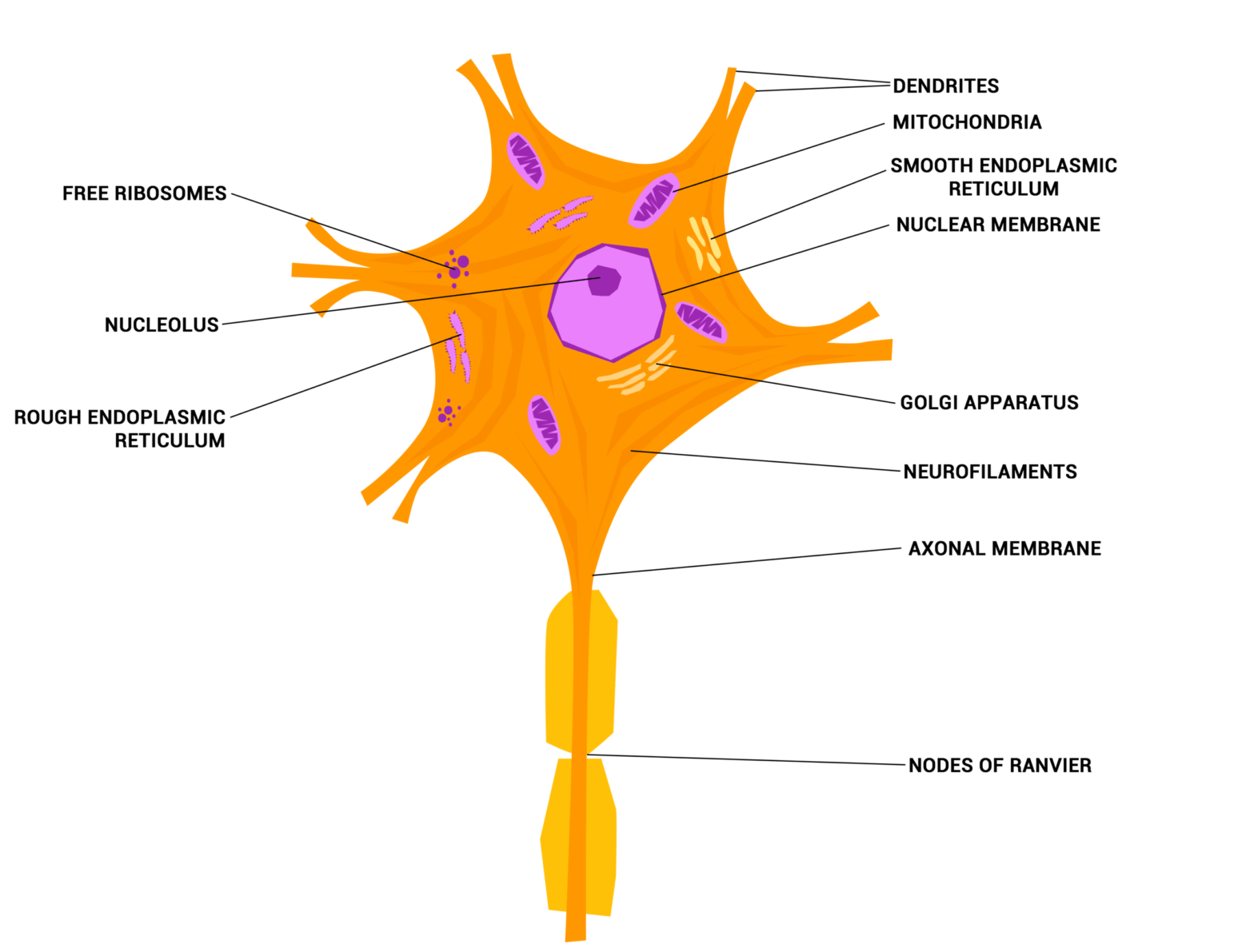Electrical Stimulation Therapy for Diabetic Foot Ulcers: A Review
Diabetic foot ulcers are a serious complication of diabetes, often resulting from nerve damage and poor blood flow. These ulcers can lead to infections, tissue death, and even amputation. Electrical stimulation therapy (EST) has emerged as a promising treatment option for diabetic foot ulcers. This article will explore the potential benefits of EST and discuss five research studies that have investigated its effectiveness.
Understanding Diabetic Foot Ulcers
Diabetic foot ulcers are open sores that develop on the feet of people with diabetes. They are often caused by a combination of factors, including:
- Nerve damage: Diabetes can damage the nerves in the feet, leading to numbness or loss of sensation. This can make it difficult to detect and treat minor injuries, which can develop into ulcers.
- Poor blood flow: Diabetes can also reduce blood flow to the feet, making it difficult for wounds to heal.
- Foot deformities: People with diabetes may develop foot deformities, such as hammertoes or bunions, which can increase the risk of developing ulcers.
What is Electrical Stimulation Therapy (EST)?
EST is a non-invasive treatment that involves applying electrical currents to the body. It is used to stimulate muscles, reduce pain, and promote healing.
How Does EST Work for Diabetic Foot Ulcers?
The exact mechanisms by which EST helps heal diabetic foot ulcers are not fully understood, but it is believed to work in several ways:
- Reducing pain: EST can help reduce pain associated with diabetic foot ulcers, making it easier to care for the wound.
- Improving blood flow: EST may help improve blood flow to the affected area, which can promote healing.
- Stimulating tissue growth: EST can stimulate the growth of new tissue, which can help the ulcer heal.
Research Studies on EST for Diabetic Foot Ulcers
- A Randomized Controlled Trial: A study published in the Journal of Vascular Surgery found that patients with diabetic foot ulcers who received EST in addition to standard care had a higher rate of wound healing compared to those who received standard care alone.
- A Meta-Analysis: A meta-analysis of several studies found that EST was effective in improving wound healing and reducing pain in patients with diabetic foot ulcers.
- A Case Series: A case series reported that EST was successful in healing diabetic foot ulcers in several patients who had not responded to other treatments.
- A Comparative Study: A study comparing EST to negative pressure wound therapy found that both treatments were effective in healing diabetic foot ulcers, but EST was associated with lower rates of infection.
- A Long-Term Follow-Up Study: A long-term follow-up study found that patients who received EST for diabetic foot ulcers had lower rates of amputation compared to those who did not receive EST.
Conclusion
Electrical stimulation therapy shows promise as a treatment option for diabetic foot ulcers. Research studies have demonstrated its effectiveness in improving wound healing, reducing pain, and lowering the risk of amputation. If you have a diabetic foot ulcer, talk to your doctor about whether EST is right for you.
